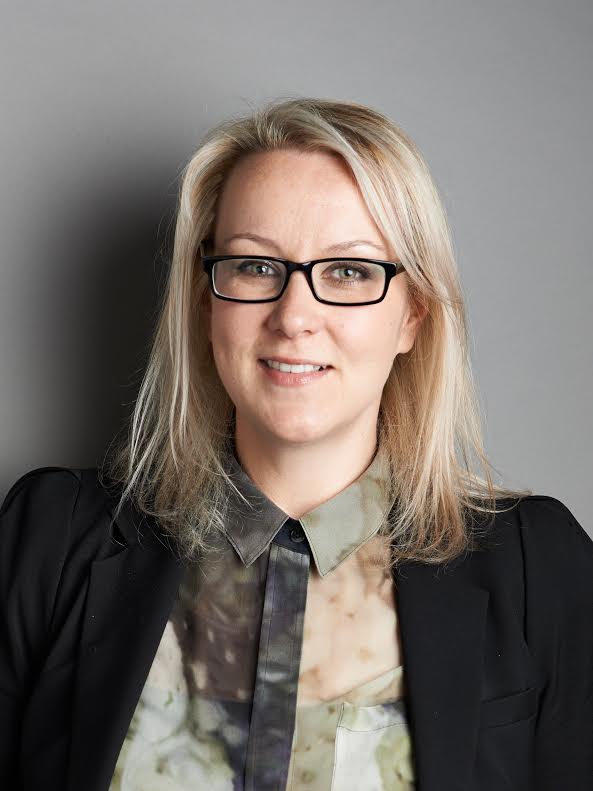Today is our third International Women’s Day. Cue headlines and statistics informing us that progress has slowed down and it’ll take roughly 117 years before we reach gender parity. Call me naive, but surely it’s time to move the conversation forward?
In 2016, I think we ought to be a little more tactful in how we tackle gender inequality in the creative industries. I know I’m not alone in finding several aspects of International Women’s Day frustrating, disheartening and alienating.
 Emma Stapleton
Emma Stapleton
Last year, the media was full of lists of inspirational females. If I had a penny for every time one of the women’s credentials for being on the list was their ability to “juggle a lot” or “have a family too”, I wouldn’t need equal pay. Last time I checked, a balancing act wasn’t a consideration when choosing your male role models.
While we may mean well by showcasing the 26% female workforce who managed to slip through the net and work in digital, it’s time to get a grip on the tangible issues associated with women and the workplace. Like the fact we’re the sole gender who can gestate offspring. Why can’t we put our heads together and figure out how to take out (forget ‘minimise’) the impact this has on a woman’s ability to progress?
International Women’s Day can feel like a bit of a cop-out. Firms pay lip service to gender inequality by flashing out some statistics, while naming and shaming muddies the water, and makes us all feel sensitive about positive discrimination.
To achieve real equality, we need to focus on progressing individuals, not fulfilling gender quotas in an office. I’d love to live in a world where your merit came down to you as an individual. I’m happy to be judged by my vision, personality, and values. You can judge me on anything, but my gender.
So back to the statistics. If it’s true that there are fewer skilled women than men, we need to focus on educating future generations. That’s where the creative industries need to get inventive about what they do, we’re in a position where we can impact culture and create changes.
Within my studio, we were aware of two organisations that address gender inequality in our industries.
Kerning the Gap is a gender neutral platform. It tackles gender inequality in a progressive and engaging way, and provides access points for everyone to get involved in the cause.
Conversely, SheSays, confirms a gender bias by leveraging negative stereotypes about mouthy women. Although well-intentioned, their initiative ‘shout projects’, perpetuate gender myths by suggesting that women need to patten aggressive behaviour and shout to get heard. Exclusivity is not helpful to the cause.
Emma Stapleton is Group Marketing & Business Development Director at Elmwood









